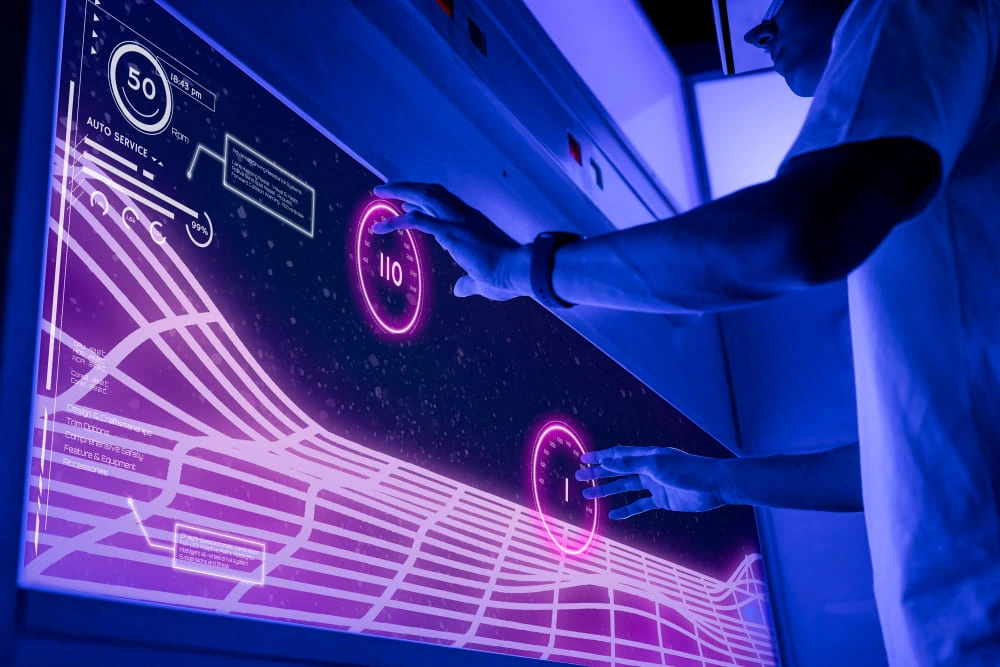In the modern digital era, chatbots have become indispensable tools for businesses striving to improve customer engagement, streamline processes, and enhance user experiences. A chatbot is an artificial intelligence (AI)-driven software application designed to simulate human-like conversations with users through text or voice. These bots can be found on websites, messaging platforms, mobile apps, and even smart devices, offering instant responses and assistance to users across various industries.
Chatbots come in different forms, ranging from simple rule-based bots that follow predefined commands to more complex AI-driven conversational agents capable of learning from interactions and providing dynamic responses. They have proven their value in automating routine tasks such as answering FAQs, assisting with customer inquiries, processing orders, and providing personalized recommendations. By offering 24/7 availability, chatbots significantly reduce response times, thus improving customer satisfaction and operational efficiency.
What is a Chatbot?
A chatbot is a software application designed to simulate human conversation. It interacts with users via text or voice interfaces, offering a way to provide instant customer service, answer queries, and execute various tasks without the need for human intervention. Chatbots are increasingly becoming an essential tool in industries like retail, healthcare, banking, and many more as businesses seek to enhance their customer engagement, reduce operational costs, and streamline processes.
There are mainly two types of chatbots:
- Rule-Based Chatbots: These follow predefined conversation flows and respond to specific commands or keywords. They are simpler but more limited in their capacity to handle complex queries.
- AI-Powered Chatbots: These are more advanced and capable of understanding and interpreting human language using machine learning and natural language processing (NLP). They can provide more personalized, dynamic responses and learn over time.
Chatbots can be integrated into websites, mobile applications, messaging platforms like Facebook Messenger, and even voice-enabled platforms like Amazon Alexa. Whether helping to book appointments, answer customer queries, or guide users through a process, chatbots are a valuable asset for businesses in the digital age.
As more businesses adopt digital transformation strategies, chatbots have emerged as a critical component of customer service, sales, and marketing. They allow businesses to interact with customers at scale while ensuring personalized and meaningful experiences. For instance, in the retail sector, chatbots help customers find products, check availability, and process orders, all in real-time. Similarly, in the healthcare sector, chatbots can assist with scheduling appointments, providing medical information, and offering patient support.
The rising demand for chatbots is driven by their ability to reduce costs, improve customer interactions, and enhance operational efficiency. However, building an effective chatbot requires careful planning, the right technology stack, and a deep understanding of user needs. Factors such as AI capabilities, integration with existing systems, and scalability all play a critical role in determining the success of a chatbot.
Benefits of Chatbots
Chatbots provide numerous benefits to businesses, including improved operational efficiency and enhanced customer satisfaction. Some key advantages include 24/7 availability, cost savings, scalability, personalized interactions, and data collection and analysis. Here are some of the key benefits:
- 24/7 Availability: One of the most significant advantages of chatbots is their ability to provide round-the-clock service. Unlike human agents, chatbots don’t need breaks, sleep, or rest, ensuring that customers can access support whenever they need it, even outside of regular business hours. This constant availability can significantly improve customer experience, as users don’t have to wait for a response.
- Cost-Effective Solution: Employing a team of customer support agents can be costly, especially for businesses that deal with a high volume of customer interactions. Chatbots can handle thousands of conversations simultaneously without any additional cost. This scalability makes them a cost-effective solution for companies, allowing them to reduce staffing needs while maintaining efficient service delivery.
- Instant Responses: Chatbots can respond to customer queries almost instantaneously, significantly reducing wait times. This is crucial in an era where customers expect immediate responses to their inquiries. By offering quick solutions to common questions, chatbots help businesses improve customer satisfaction and reduce churn rates.
- Improved Customer Engagement: Chatbots can help keep users engaged by offering personalized recommendations, guiding them through complex processes, or even providing conversational marketing. They enhance user experience by making interactions more interactive and tailored to individual needs.
- Error Reduction: Unlike human agents, chatbots don’t make mistakes due to fatigue, oversight, or lack of knowledge. They provide consistent and accurate information based on the data they have been programmed to access. This ensures better service reliability and enhances the accuracy of the responses given to users.
Factors that Affect the Cost of Chatbot Development
The cost of developing a chatbot varies widely depending on various factors, such as complexity, features, platforms, and development approach. Chatbot development is an investment that can bring immense value to your business by automating processes, enhancing customer engagement, and reducing operational costs. However, the total cost of chatbot development depends on the type of bot you choose, its complexity, the required features, and ongoing support.
For small businesses and startups, a simple rule-based chatbot can be a great starting point, while larger enterprises may need to invest in AI-powered chatbots with more advanced functionality. Here are some of the key elements that influence the pricing:
1. Type of Chatbot
The type of chatbot you choose significantly impacts development costs. Rule-based chatbots are simpler to develop, as they follow predefined commands and logic trees. These can be more affordable and quick to create but may lack the sophistication needed for handling complex tasks.
On the other hand, AI-powered chatbots that use machine learning and natural language processing (NLP) are more complex and require a higher level of development expertise. They can interpret human language, learn from conversations, and improve responses over time, but their complexity leads to higher development costs due to the advanced algorithms, continuous training, and testing involved.
2. Integration with Other Systems
Chatbots often need to be integrated with third-party systems such as CRM platforms, ERP software, payment gateways, or eCommerce platforms to provide real value to users. The complexity of these integrations depends on the APIs and systems involved. For example, integrating with a CRM system may require the chatbot to pull and push data, track user behavior, or access customer profiles.
If a chatbot needs to integrate with multiple systems or highly customized platforms, the development time and cost will increase. The more complex the ecosystem, the more intricate the development process becomes, thus raising expenses.
3. Features and Functionality
The features of the chatbot directly affect the overall cost. Basic bots with limited functionality, such as simple Q&A, are less expensive to develop. However, if you want to incorporate advanced features such as voice recognition, natural language processing, sentiment analysis, multi-language support, payment processing, or personalized responses, the cost will increase significantly.
Here are some common advanced features that can raise development costs:
- Speech-to-text processing
- Multi-language support
- Sentiment analysis
- Integration with IoT devices
- Live agent fallback
Each added feature increases the level of complexity and the amount of testing required, which naturally raises development costs.
4. Platform and Deployment
The platform on which your chatbot is deployed also affects the cost. For example, developing a chatbot for a single platform like a website or Facebook Messenger will be cheaper than creating a cross-platform solution for websites, mobile apps, and messaging platforms. Multi-platform deployment requires more development work, testing, and maintenance, which adds to the cost.
Additionally, the choice of cloud services, whether using proprietary hosting solutions or third-party cloud providers like AWS, Azure, or Google Cloud, may also impact pricing. Cloud infrastructure costs may vary depending on the scalability, server configuration, and data storage requirements.
5. Customization and Branding
Customization is crucial for ensuring that the chatbot fits your brand’s voice and personality. Creating a chatbot with a tailored persona, incorporating specific branding elements like logo integration, personalized greetings, and distinct conversation styles will require more design and development efforts. The deeper the customization, the more time and resources are needed, thus increasing the cost.
6. Maintenance and Support
Developing a chatbot is not a one-time expense; regular maintenance and support are crucial for keeping the bot functioning optimally. You may need to update your chatbot to accommodate changes in user behavior, fix bugs, or improve performance. AI-based chatbots often require ongoing training to enhance their learning capabilities, which requires periodic updates to algorithms and datasets.
Maintenance and support are continuous processes that can add up in costs, especially if the chatbot is complex and handles critical business functions. You need to factor in these recurring expenses to ensure the chatbot stays up-to-date and performs well over time.
What Tech Stack Can Be Used for Chatbot Development?
The tech stack used for chatbot development is critical in determining the functionality, performance, and scalability of the chatbot. Different technologies and frameworks come into play depending on the type of chatbot, the platform it will be deployed on, and the features required.
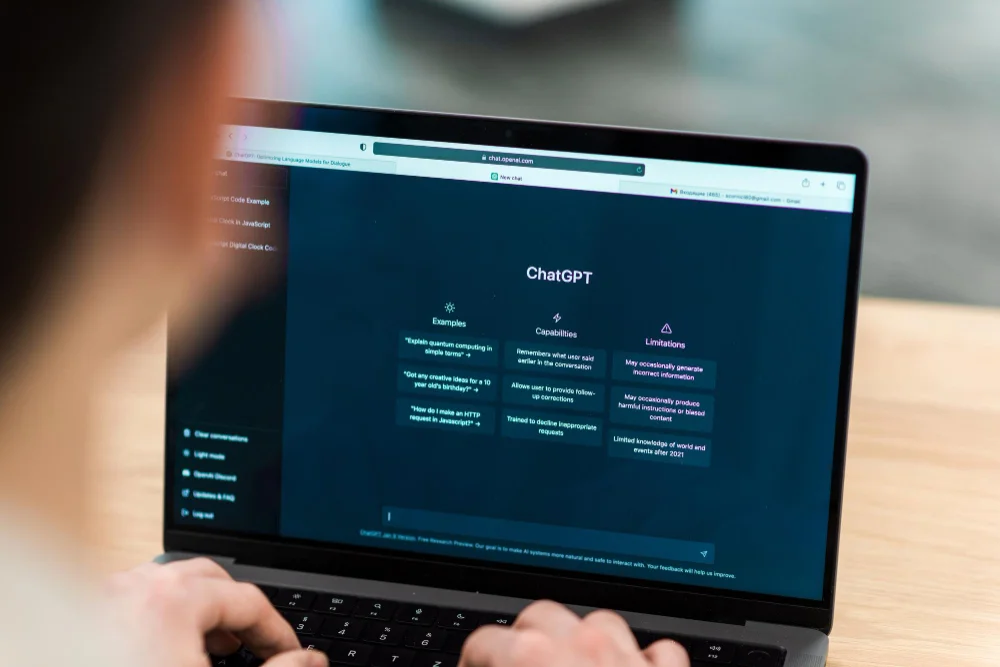
Selecting the right tech stack for developing a chatbot is essential as it directly impacts the chatbot’s capabilities, efficiency, and ability to handle increased workloads. The choice of technologies and frameworks depends on the specific type of chatbot, the platform it will run on, and the desired features. Below, we will delve into the fundamental technologies and tools typically employed in chatbot development.
1. Natural Language Processing (NLP) Engines
NLP engines enable chatbots to understand, interpret, and respond to human language in a way that feels natural. The most popular NLP frameworks include:
- Google Dialogflow: Google Dialogflow is an NLP engine built by Google, ideal for creating conversational interfaces for websites, mobile apps, messaging platforms, and IoT devices. It supports multi-language processing and integrates easily with other Google Cloud services.
- Microsoft LUIS: Microsoft’s Language Understanding Intelligent Service (LUIS) is a cloud-based NLP service that offers pre-built models and templates for specific industries. It integrates well with Microsoft Azure and other Microsoft services.
- IBM Watson: IBM Watson’s NLP engine is highly advanced and can handle complex conversational workflows, making it a great option for enterprise-grade chatbots. It supports voice recognition, multi-language support, and sentiment analysis.
- Rasa: Rasa is an open-source NLP engine that provides a high level of customization and control for AI-powered chatbots. It’s preferred by developers who want to maintain control over their chatbot’s data and performance.
2. Programming Languages
The choice of programming language depends on the platform and the complexity of the chatbot. Some of the common programming languages used for chatbot development include:
- Python: Python is widely used for AI and machine learning development, making it an excellent choice for building AI-powered chatbots. Libraries like NLTK (Natural Language Toolkit) and spaCy enhance its NLP capabilities.
- Node.js: Node.js is popular for developing chatbots because of its asynchronous, event-driven architecture, which allows it to handle multiple tasks simultaneously. It’s well-suited for chatbots that require real-time responses, such as those used in customer service.
- JavaScript: JavaScript is commonly used for building web-based chatbots that need to be integrated into websites or web applications. It can be used with frameworks like React or Angular to create interactive chatbot interfaces.
- Java: Java is known for its scalability and performance, making it a good choice for enterprise-level chatbots that need to handle high traffic volumes.
3. Frameworks
Frameworks are crucial for simplifying and speeding up the development process. Some popular chatbot development frameworks include:
- BotPress: BotPress is an open-source chatbot framework that provides a complete toolkit for building chatbots. It is modular, allowing developers to create both simple and complex bots with ease.
- Microsoft Bot Framework: This is a comprehensive framework provided by Microsoft to build and connect intelligent bots. It integrates with Microsoft’s LUIS and Azure, and supports multiple channels such as Skype, Slack, and Microsoft Teams.
- Rasa: Rasa is an open-source framework that provides tools to build conversational AI, focusing on customization and flexibility. It’s a popular choice for enterprises that want complete control over their chatbot’s behavior and data.
- Amazon Lex: Amazon Lex is the framework behind Amazon Alexa. It offers powerful NLP capabilities and integrates with other AWS services, making it suitable for developers who are already using Amazon’s cloud infrastructure.
4. Integration Platforms
Integrating the chatbot with various platforms is essential to provide seamless experiences to users. Popular integration platforms include:
- Facebook Messenger API: Many chatbots are deployed on social media, and Facebook Messenger is one of the most popular platforms. The Facebook Messenger API allows for easy integration with the chatbot.
- Slack API: Slack has become a popular platform for business communication. Slack’s API enables chatbot integration, allowing bots to automate workflows and respond to user queries.
- Twilio: Twilio provides communication APIs for SMS, voice, and messaging applications, making it ideal for integrating chatbots with SMS or voice services.
- WhatsApp Business API: As WhatsApp continues to dominate the messaging world, many businesses are deploying chatbots via the WhatsApp Business API to automate customer interactions and marketing efforts.
5. Cloud Infrastructure
Cloud platforms play a pivotal role in hosting chatbots, scaling them based on demand, and providing seamless deployment. Some popular cloud infrastructures include:
- Amazon Web Services (AWS): AWS is a leading cloud provider offering various services to support chatbot development, such as Amazon Lex, Lambda functions, and AI training tools.
- Microsoft Azure: Azure provides robust support for AI-based chatbot development, especially when using the Microsoft Bot Framework. It’s also highly scalable and integrates with Azure Cognitive Services.
- Google Cloud: Google Cloud supports NLP development through Google Dialogflow and provides infrastructure for deploying and scaling chatbots.
6. Database Technologies
Storing user data, conversation history, and other chatbot-related information requires robust database systems. Some commonly used databases for chatbots include:
- MongoDB: MongoDB is a NoSQL database that provides scalability and flexibility, making it a good choice for chatbots with dynamic data storage requirements.
- MySQL: MySQL is a relational database management system that is often used for chatbots requiring structured data storage.
- Firebase: Firebase, part of Google Cloud, is a popular real-time database service that works well for chatbots that need to sync data across multiple devices in real-time.
Cost of Chatbot Development
The cost of developing a chatbot can vary greatly based on the factors discussed earlier, such as the type of chatbot, its complexity, platform integration, features, and long-term support requirements. Chatbot development costs vary depending on factors such as complexity, features, technology stack, and platform integration. A basic rule-based chatbot may cost between $5,000 to $10,000, while an advanced AI-driven conversational bot with machine learning capabilities can range from $15,000 to $50,000 or more.
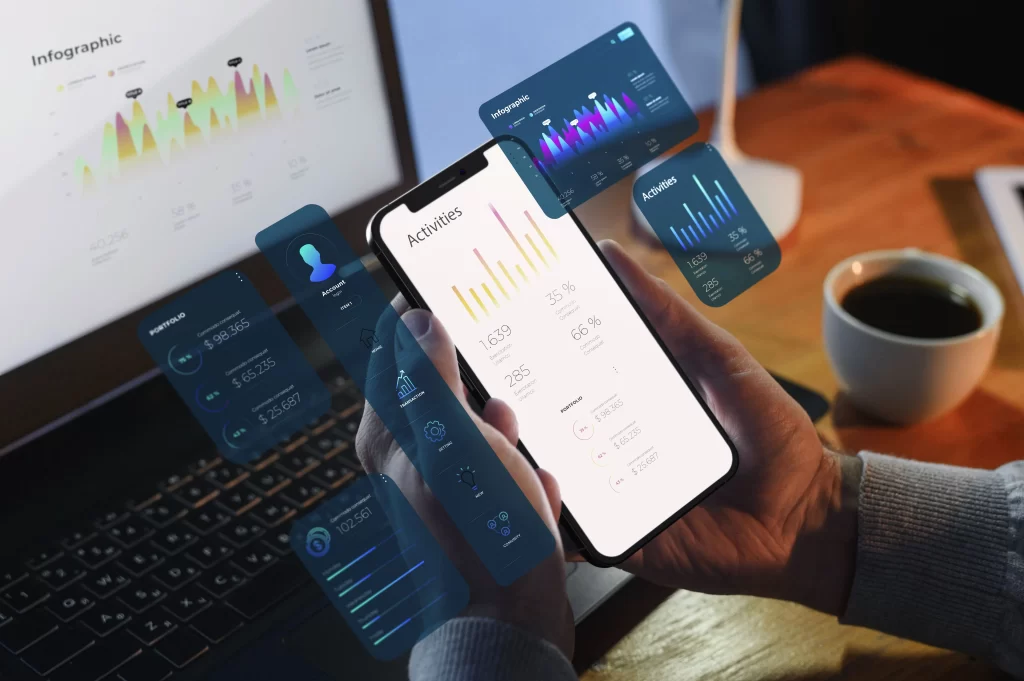
Factors like natural language processing (NLP) integration, third-party API connections, and multi-platform compatibility can further impact the price. Additionally, ongoing maintenance, updates, and hosting costs must be considered. Overall, the total investment is tailored to the specific needs and sophistication of the chatbot solution. Here is a breakdown of the estimated costs for different stages of chatbot development:
1. Simple Rule-Based Chatbots
A rule-based chatbot is the most basic type of chatbot that operates by following predefined logic paths. These chatbots are often used for answering FAQs, providing basic customer service, or handling simple tasks like appointment bookings. Because they don’t require advanced AI features or machine learning, the development cost for these chatbots is on the lower side.
- Estimated cost: $5,000 to $15,000
- Development time: 1 to 3 months
This cost includes the design, development, and deployment of the chatbot on a single platform, such as a website or messaging app. It might also include some basic integration with third-party systems (e.g., a CRM or calendar).
2. AI-Powered Chatbots with NLP
AI-powered chatbots are significantly more sophisticated and rely on machine learning algorithms, natural language processing (NLP), and potentially voice recognition. These bots are capable of engaging in complex conversations, analyzing user sentiment, and learning from interactions over time.
Since these bots require advanced features and continuous training, their development cost is higher.
- Estimated cost: $15,000 to $50,000+
- Development time: 3 to 6 months
This cost includes advanced features like NLP, integration with various systems, deployment across multiple platforms (e.g., websites, apps, social media), and basic machine learning training.
3. Enterprise-Grade Chatbots
Enterprise-grade chatbots are designed for large organizations with specific, complex needs. These bots are typically integrated into multiple systems (CRM, ERP, eCommerce platforms, etc.), support advanced features like multi-language support, sentiment analysis, and predictive analytics, and handle large volumes of interactions. The development process for such chatbots involves intricate planning, in-depth customization, and robust testing.
- Estimated cost: $50,000 to $200,000+
- Development time: 6 to 12 months or more
These chatbots offer scalable solutions, custom branding, extensive integrations, and continuous optimization based on user data. The cost reflects not only development but also ongoing training and maintenance.
4. Ongoing Maintenance and Support
Once a chatbot is live, the cost doesn’t end. Ongoing support and maintenance are essential for ensuring its smooth operation. Depending on the complexity of the chatbot and the level of service required, maintenance costs can vary. This includes regular updates, bug fixes, new feature additions, and AI training.
- Estimated cost for maintenance: $500 to $2,500+ per month
AI-powered chatbots may require more maintenance due to the need for ongoing training and updates based on user behavior.
5. Cloud Infrastructure and Hosting
The infrastructure costs can also add to the total cost, especially if you are using cloud hosting services like AWS, Google Cloud, or Microsoft Azure. These costs will vary depending on your chatbot’s scalability, data storage needs, and traffic.
- Estimated cost for cloud services: $100 to $1,000+ per month
If you anticipate significant usage of your chatbot, these cloud hosting costs can increase accordingly.
How Cenozic Can Help You Build Your Chatbot
At Cenozic, we are committed to helping businesses harness the power of chatbots to streamline their operations, improve customer satisfaction, and achieve tangible results. As a leading software development company, we specialize in building custom chatbot solutions tailored to meet your unique business needs. Our expertise spans from simple rule-based chatbots to complex AI-powered conversational agents that can handle intricate workflows.
we provide a comprehensive range of digital solutions designed to meet the unique needs of our clients. Our core services include custom software development, website design and development, mobile app development, and CMS development. We specialize in creating tailored solutions that enhance business operations, improve user experiences, and drive digital transformation. Whether you seek a chatbot for customer support, lead generation, or internal process automation, our team is committed to guiding you through each stage of the process, from selecting the appropriate technology stack to providing support after the launch. Here’s how Cenozic can help you develop your chatbot:
1. Tailored Solutions to Meet Your Business Needs
Every business is unique, and so are its challenges and objectives. At Cenozic, we understand the importance of customization in chatbot development. We work closely with you to identify your specific business requirements, pain points, and customer needs to develop a chatbot solution that meets those needs. Whether it’s a simple FAQ bot or a sophisticated AI-driven agent, we ensure that the chatbot is tailored to your business goals and user expectations.
2. Expertise in Multiple Technologies
We leverage a wide range of technologies and tools to build highly efficient and scalable chatbots. Our expertise spans across leading NLP engines such as Google Dialogflow, IBM Watson, and Microsoft LUIS, allowing us to build bots that can understand and interpret human language accurately. We also work with popular programming languages like Python and Node.js, and frameworks like Rasa and Microsoft Bot Framework to create intelligent chatbots that can be deployed across multiple platforms.
3. Seamless Integration with Existing Systems
A successful chatbot doesn’t operate in isolation; it needs to be integrated with your existing business systems, such as CRM, customer support platforms, or eCommerce platforms, to provide a seamless experience to users. Our team specializes in ensuring that your chatbot integrates smoothly with your systems, so that it enhances and augments your workflows without causing disruption.
4. Scalable and Future-Ready Solutions
As your business grows, so will your chatbot needs. We ensure that the chatbot we build for you is scalable and adaptable to future advancements in technology. Whether it’s adding new features, expanding to new channels, or incorporating more complex AI functionalities, our chatbot solutions are designed to evolve with your business.
5. Ongoing Support and Maintenance
Our work doesn’t stop once your chatbot is live. At Cenozic, we provide ongoing support and maintenance to ensure that your chatbot continues to perform at its best. We monitor its performance, update it with new capabilities, and ensure that it remains responsive and relevant as your business needs change.
Conclusion
In conclusion, Cenozic offers a comprehensive approach to chatbot development. From initial planning and design to development, integration, and post-launch support, we are with you every step of the way. Our goal is to help you unlock the full potential of chatbots and provide your customers with engaging, seamless, and valuable experiences.
Chatbot development is an investment that can bring immense value to your business by automating processes, enhancing customer engagement, and reducing operational costs. However, the total cost of chatbot development depends on the type of bot you choose, its complexity, the required features, and ongoing support.
When considering chatbot options, small businesses and startups can benefit from implementing a rule-based chatbot as an initial step. These chatbots operate according to a predefined set of rules and are relatively straightforward to set up and manage. On the other hand, larger enterprises may find more value in investing in AI-powered chatbots, which offer more advanced functionality such as natural language processing, machine learning capabilities, and the ability to learn and improve over time. These advanced chatbots can handle more complex queries and provide a more sophisticated user experience, making them well-suited for the larger-scale operations and diverse needs of established businesses.


 The Future of AI: How Machine Learning is Transforming Businesses
The Future of AI: How Machine Learning is Transforming Businesses 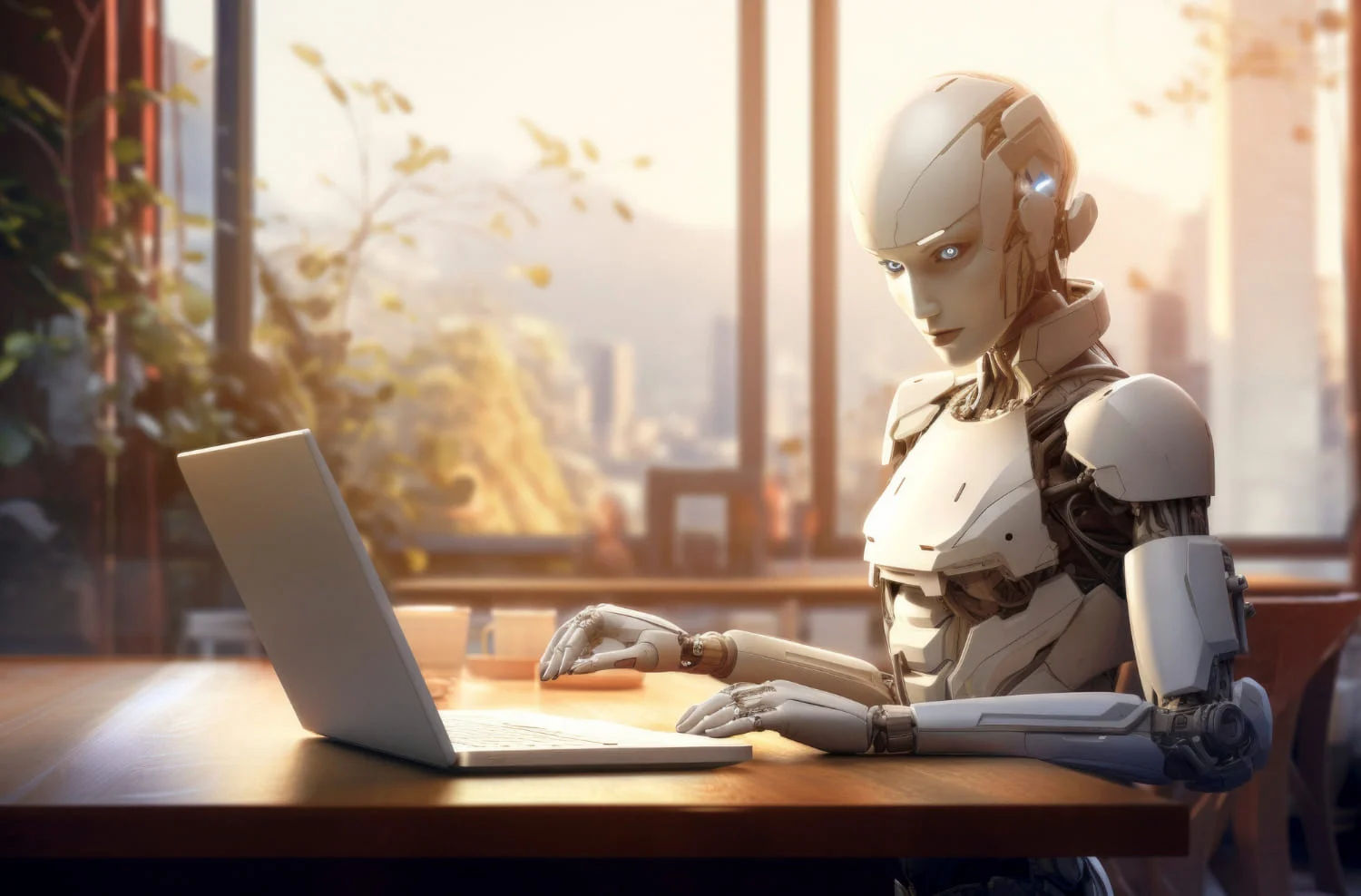 AI in E-commerce: Enhancing Customer Experience & Engagement
AI in E-commerce: Enhancing Customer Experience & Engagement 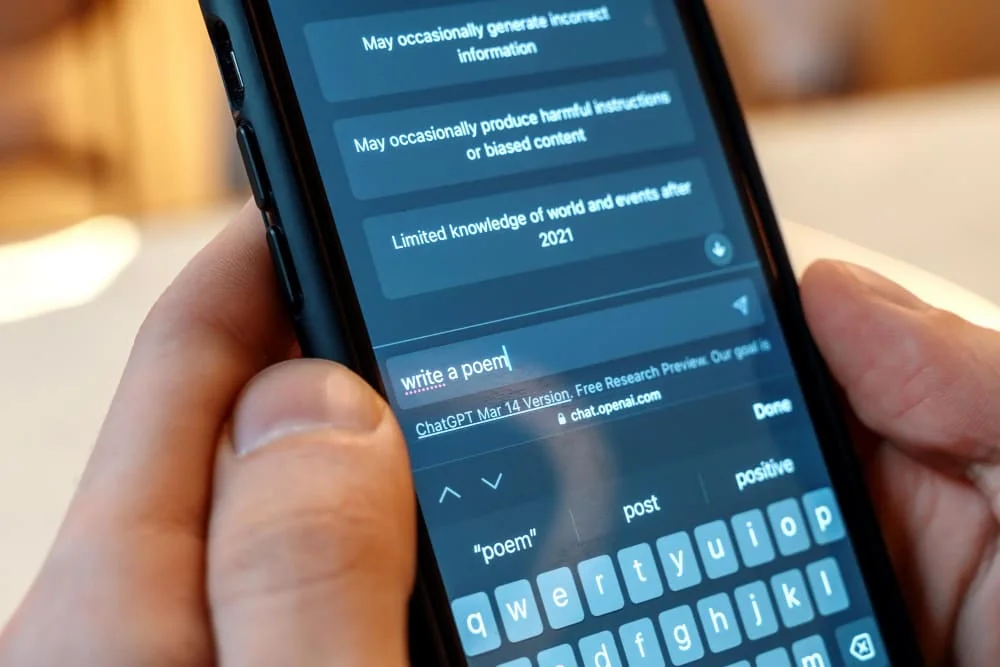 How AI-Powered Chatbots Are Revolutionizing Customer Support
How AI-Powered Chatbots Are Revolutionizing Customer Support  The Role of AI in Mobile App Development: Smarter and Faster Apps
The Role of AI in Mobile App Development: Smarter and Faster Apps  How To Choose Top Website Development Company In USA
How To Choose Top Website Development Company In USA 
